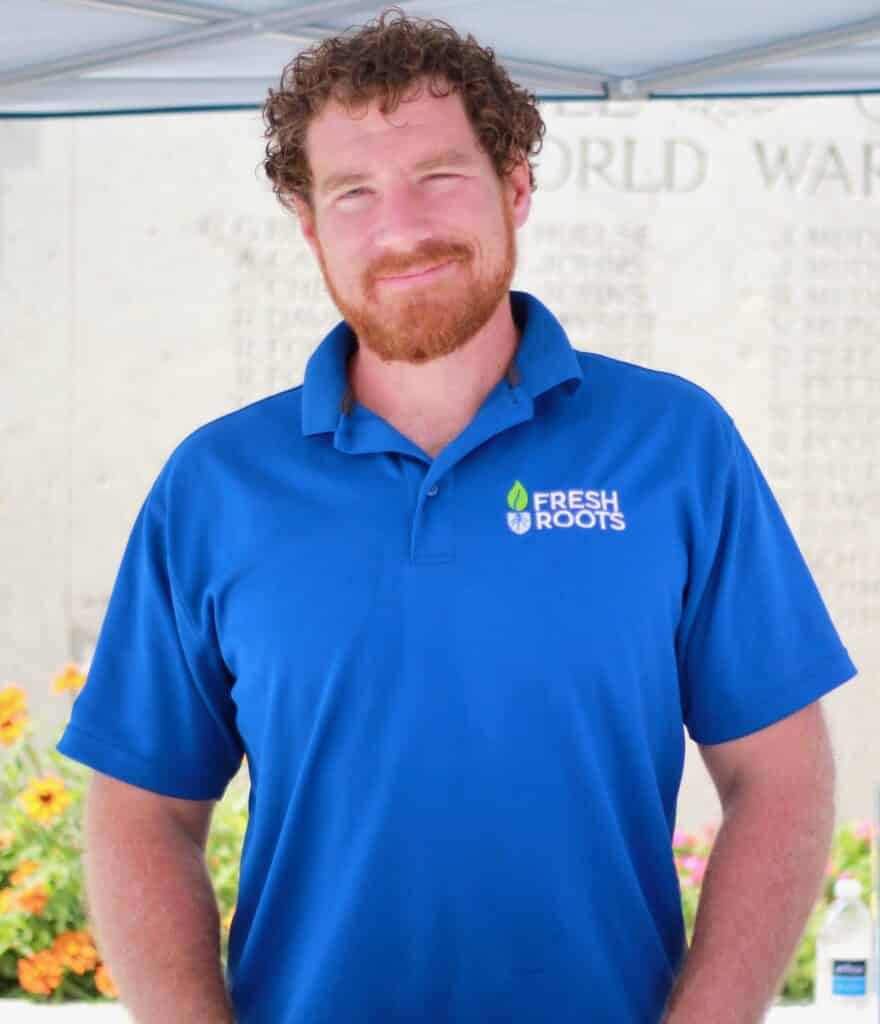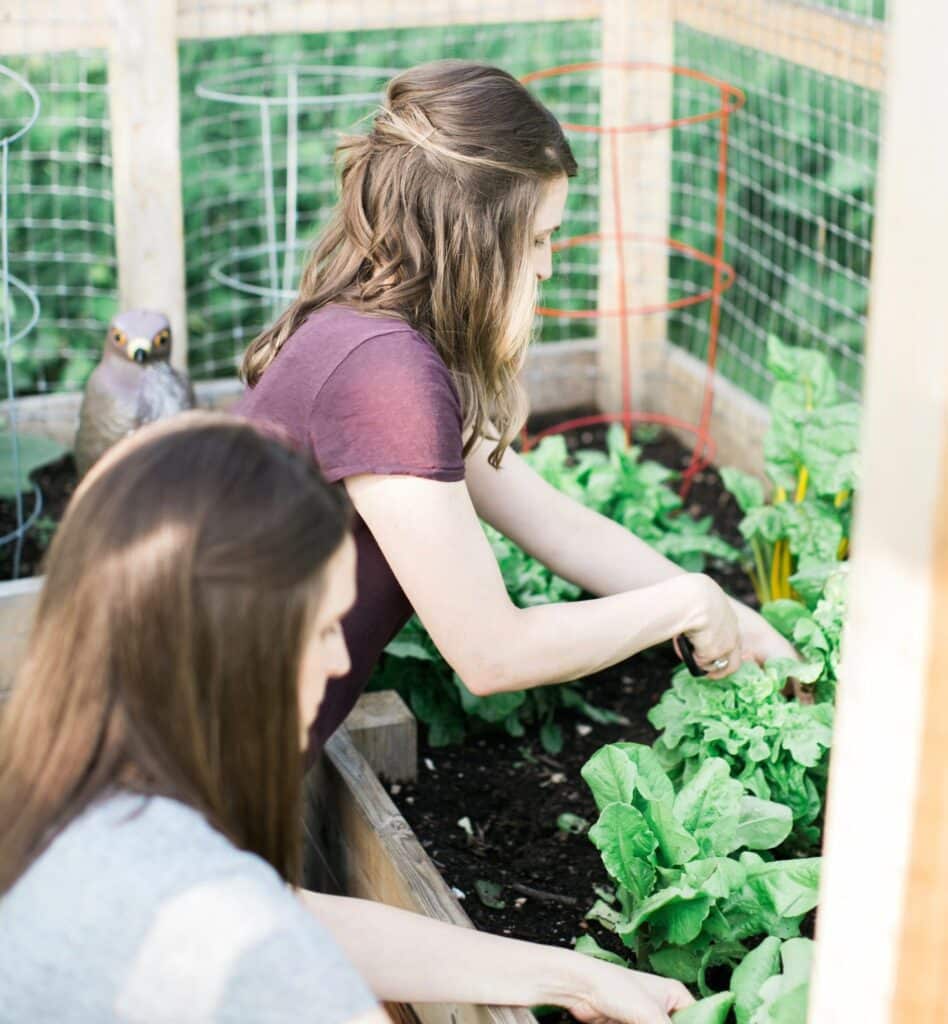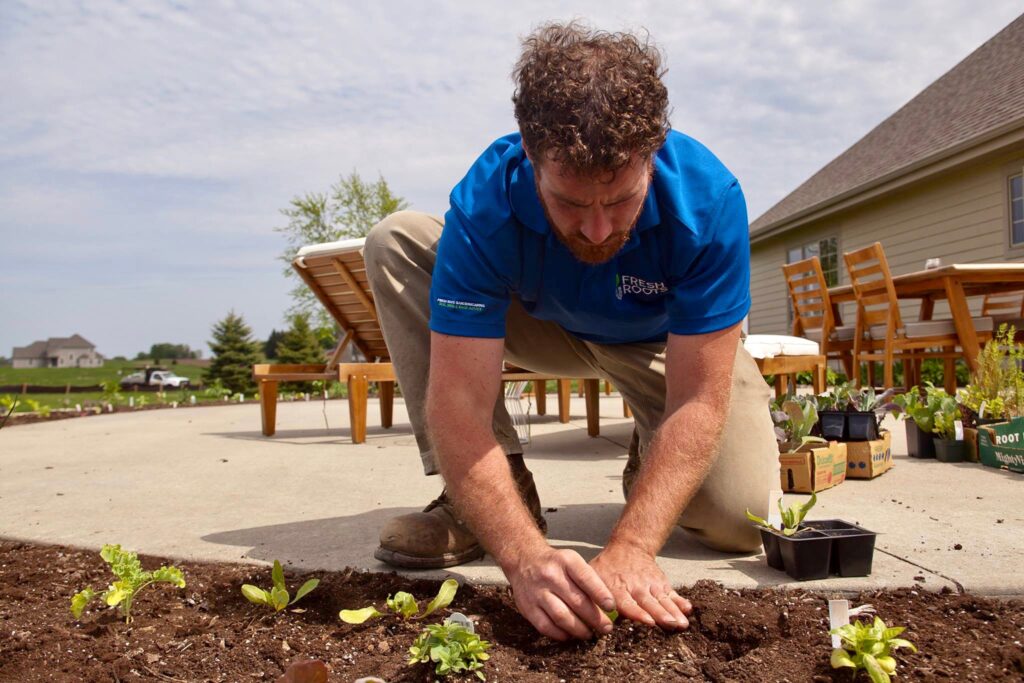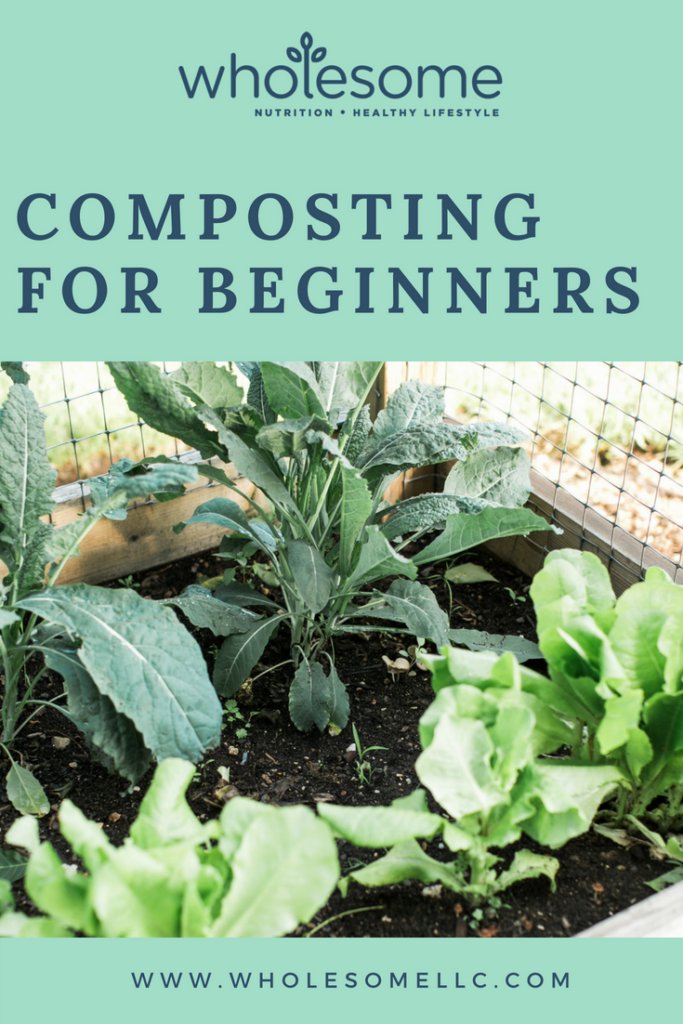Podcast Features
What do you want to learn more about?
Mentorship Program, 1:1 Nutrition Coaching with Alison
The Wholesome Journey - Group Nutrition Coaching Program
August 24, 2018
Alison Tierney, MS, RD, CD, CSO
Alison is a registered dietitian, board-certified in oncology nutrition, and a cancer thriver. Her expertise in oncology nutrition and personal experience with her own cancer diagnosis and its treatment provide her with the unique perspective of being able to relate to her clients on an entirely different level. Her content is consistently focused on evidence-based guidelines and seeks to increase the awareness of the power of nutrition to complement traditional cancer therapies.
- Alison Tierney, MS, RD, CD, CSOhttps://wholesomellc.com/author/alisonwholesomellc-com/
- Alison Tierney, MS, RD, CD, CSOhttps://wholesomellc.com/author/alisonwholesomellc-com/
- Alison Tierney, MS, RD, CD, CSOhttps://wholesomellc.com/author/alisonwholesomellc-com/
- Alison Tierney, MS, RD, CD, CSOhttps://wholesomellc.com/author/alisonwholesomellc-com/

In the last year or so, every time I add food to my garbage disposal, or even garage can, I feel…guilty.
Why? Because I know I could be doing something with my food waste that would not only benefit my very own garden but the environment. Have you ever felt this way?
And when I ran into Alec, owner of Fresh Roots and Master Gardener, at a local farmer’s market I knew it was a sign to start learning how to compost and share it with all of you!
In today’s post, Alec helps us understand the benefits of composting and how to get started no matter what kind of space you live in. Even though there is a lot to learn about compost, Alec makes it easy to understand and get started.
Take it away, Alec!
Never has the idea of rotting and decomposition been so much fun!
Whether you’re looking to improve your garden, save money, or cut down on landfill waste, a home composting system is an answer for you.
WHAT IS COMPOST?
Without getting too scientific, compost is the result of the cellular breakdown of organic matter. This happens when a combination of various materials, such as food waste and newspaper clippings, undergo a heating process initiated by billions of tiny organisms. The organisms who shine in this process are bacteria, fungi, protozoa and even several types of insects. All of them work together to create one cohesive end result: compost.
THE BENEFITS OF COMPOSTING

Composting can significantly increase the health of our gardens which helps us form our favorite fruits and vegetables. Who knew discarded waste could help us grow delicious, nutritious food? Now that’s amazing!
Besides the joy of seeing “garbage” be turned into food, there are many reasons to start composting at home. Here is a list of the important ones:
- Reduces waste going to the landfill
- Adds more organic material to the soil
- One of, if not THE, best amendments for gardens
- Increases the health of plants to fight disease and pests
- Reduces greenhouse gas emissions
- Enhances the structure, moisture retention, and fertility of the soil
THE FOUNDATION OF COMPOST
The key to creating the ideal habitat for microorganisms to break down the material into our desired nutrient-rich compost is the proper balance of N and C.
- N = Nitrogen
- Some people refer to this as ‘green’
- Green items are normally fresh and moist— think vegetable scraps
- C = Carbon
- Some people refer to this as ‘brown’
- Brown items are normally dry—think fall leaves
There is a lot of heavy science to answer the question of “what ratio of N and C do you need?” Since we are trying to make this as simple as possible, shoot for a ratio of 2 parts green (N) and 1 part brown (C) (2:1) each time you add to your compost pile or bin.
WHAT TO ADD TO THE COMPOST
Good items for adding Nitrogen “green material”:
- Food scraps: vegetable, fruit, salad greens
- Grass clippings
- Plant material from the garden
- Fresh hay
- Seaweed
Good items for adding Carbon “brown material”:
- Shredded paper, newspaper
- Paper towel rolls
- Dried leaves
- Twigs
- Yard waste
- Coffee grounds
- Brown paper bags
- Cardboard, also shredded
- Dry hay or straw
- Sawdust and wood chips

What NOT to add:
- Weeds that are about to germinate
- Any grass clippings or plants treated with chemicals
- Animal waste, specifically carnivores
- Meat, bones, grease, and dairy.
- Although they are compostable these items can have harmful pathogens or may attract critters to the compost.
WHERE DO I PUT ALL MY BROWN (C) AND GREEN ITEMS (N)?
Now you know what to add and what not to add, you need to know where to put it all!
To be honest, the simplest option is to just throw everything in a pile and leave it be. This will work just fine – like in nature. Things will break down, but SLOWLY. However, not all of us have the luxury of having this kind of space.
If you are limited on space or live in an apartment or condo:
Consider a kitchen compost bin you keep on your counter or under your sink. There are several options to choose from, but a good starting point is an odor cutting bin that sits on your countertop and a five-gallon pail with screw on the lid you keep outside the back door.
If you have some land, or space in your backyard:
If you don’t want to walk outside every time you have a compostable product, I would consider a kitchen bin like the one mentioned above and a product which has a hand crank to turn or tumble the materials inside. Here are some examples:
Mantis Easy Spin ComposTumbler
Miracle-Gro Dual Chamber Compost Tumbler
If you have a little more land, create a 4’x4’x4’ space that is fenced in with chicken wire, wooden slates, or some repurposed pallets. If the pile is too small, it may not heat up enough or won’t have enough material and/or microorganisms. If the pile it too big, it becomes much harder to turn. This type of pile will require you to hand turn the pile with a shovel or pitchfork.
CREATING THE IDEAL COMPOST
The type of composting system you choose will determine the amount of time it takes to reach desired compost. Piles can be slow or fast depending on your level of attention and care, whereas self-contained bins can be quicker, but don’t hold as much material.
- Each time you add to your compost pile, aim for a 2:1 ratio (green (N) to brown (C))
- No matter if you have a bin or pile, turn your compost weekly as it adds oxygen which is fundamental to the mix
- Lightly water the compost to keep a damp sponge-like moisture level
Let’s speak to the dreaded smell people talk about. If there is too much green material (N), you will have a soggy rotting pile. Too little green material (N), there will be no heating and breaking down of material. With the right ratios and proper attention, the pile will smell earthy rather than like a garbage can.
If you live where you need to worry about snow and ice, collect and add to the pile or bin throughout the winter. Your compost will continue to “cook” due to the microbes, but at a much slower rate. In fact, winter is a good time to collect and get the pile or bin to a good point for future warmer temps and increase the number of bacteria and fungi to break it down.
NOW THAT YOU HAVE COMPOST, WHAT DO YOU DO WITH IT?!
You’ll know when the process has been completed because your compost has broken down to the point where you can no longer recognize any of the original ingredients. Plus, there will be a rich earthy smell.
Often, people think the only way to use compost is to completely fill containers or plants beds full to the brim with compost. However, contrary to popular belief, the best way to utilize the benefits of compost is as an additive. Ideally, add 1-inch of compost and mix it into the top 4-inches of garden soil. Additionally, your plants will need additional nutrients your compost most likely won’t be able to provide.
To make all of your hard work go further, add your compost ahead of planting time or around the root base of plants during the growing stage. This will maximize the benefits of the compost, help to inoculate the soil with life to promote healthy growth and help all of your hard work go so much further!

Well, there you have it! I sure hope you learned something from Alec, I know I did!
If you have any questions, please comment below and we’ll have Alec answer them!
You can find Alec on his website, on Facebook, and on Instagram.
❤️ l a u r e n

Composting for Healthy Plants, People, and Planet
Wholesome LLC is not a medical practice, and its employees cannot offer medical advice. This website provides educational information but it is not a substitute for medical advice from a licensed medical professional who is familiar with your particular facts and circumstances. The information contained on this website is not intended to diagnose, treat, or cure any disease and shall not be construed as medical advice. The information and education on this website is provided for you to use at your own discretion.
You can further review our disclaimer here.
Wholesome
About Alison
Courses & Programs
The Wholesome Journey
Free Resources
FAQs
Press & Media
Recipes
Blog
Contact Us
Shop
© 2025 Wholesome, LLC All rights reserved.
Privacy Policy
Terms of Use
Disclaimer
Mobile Terms of Service